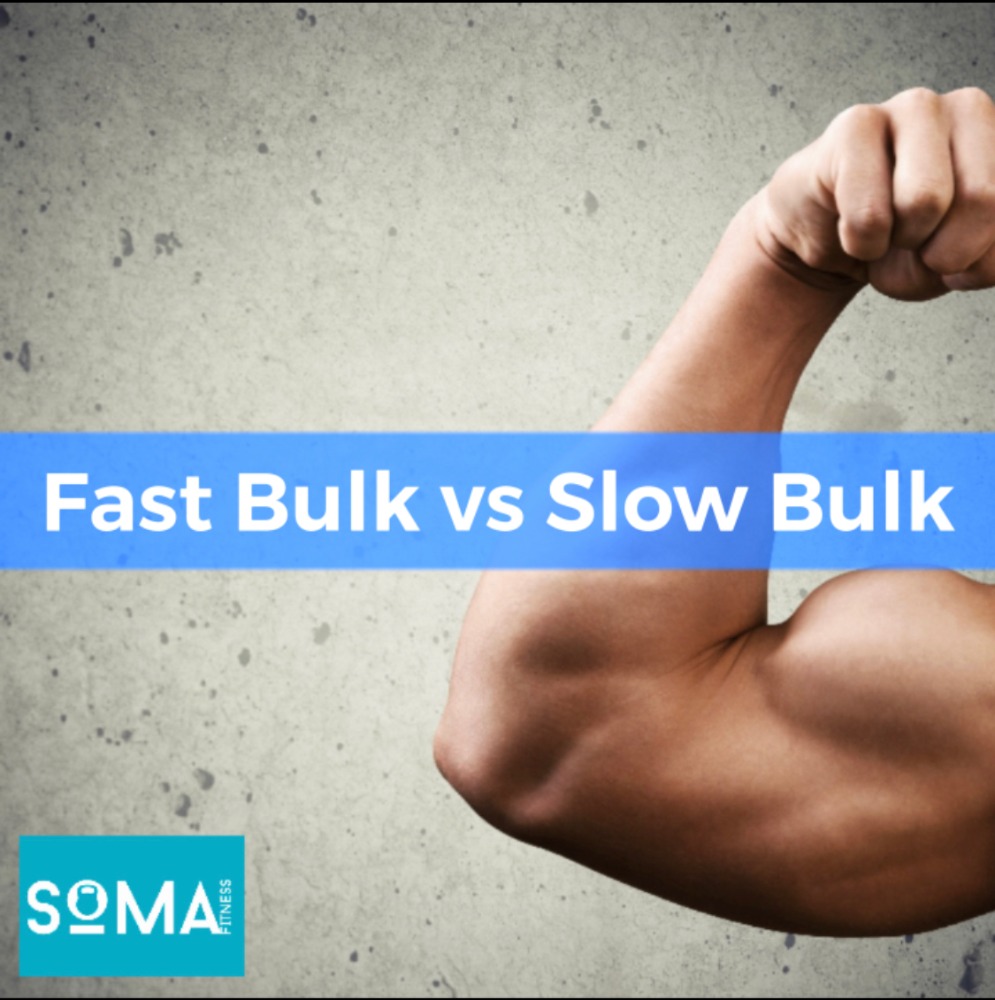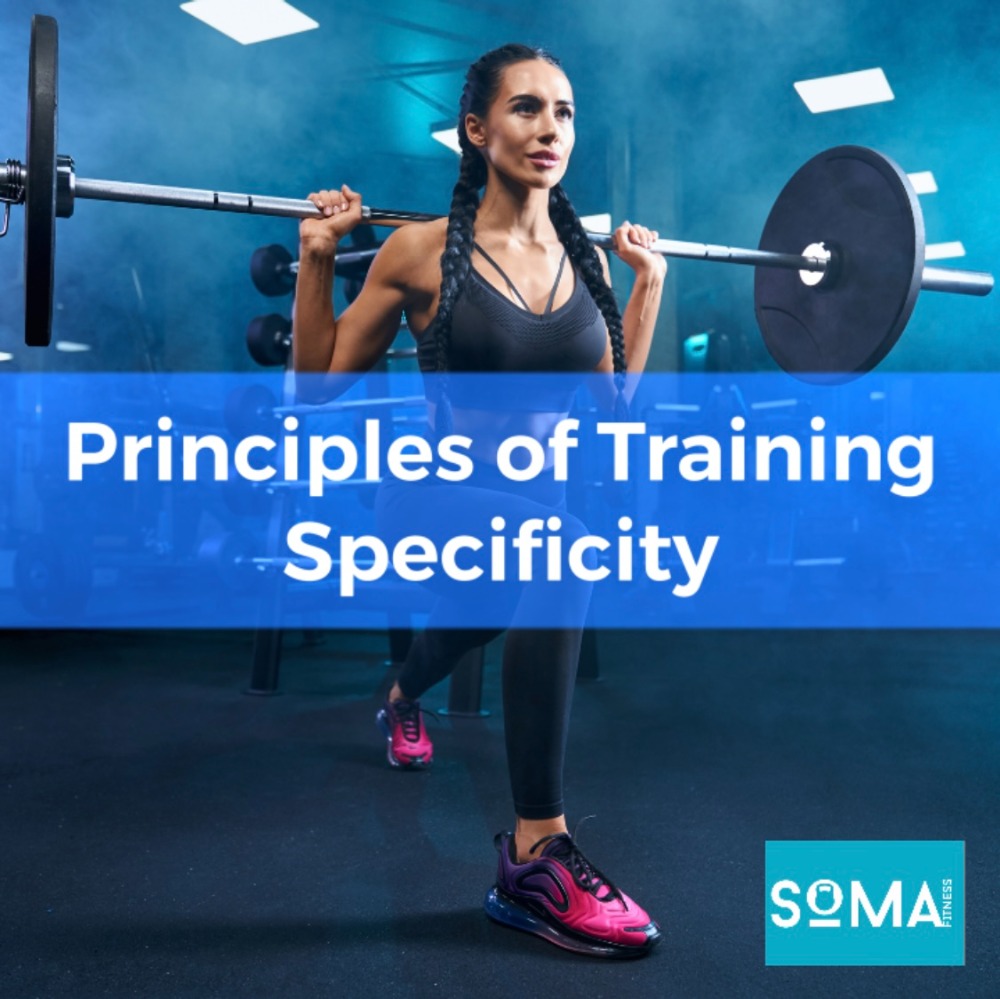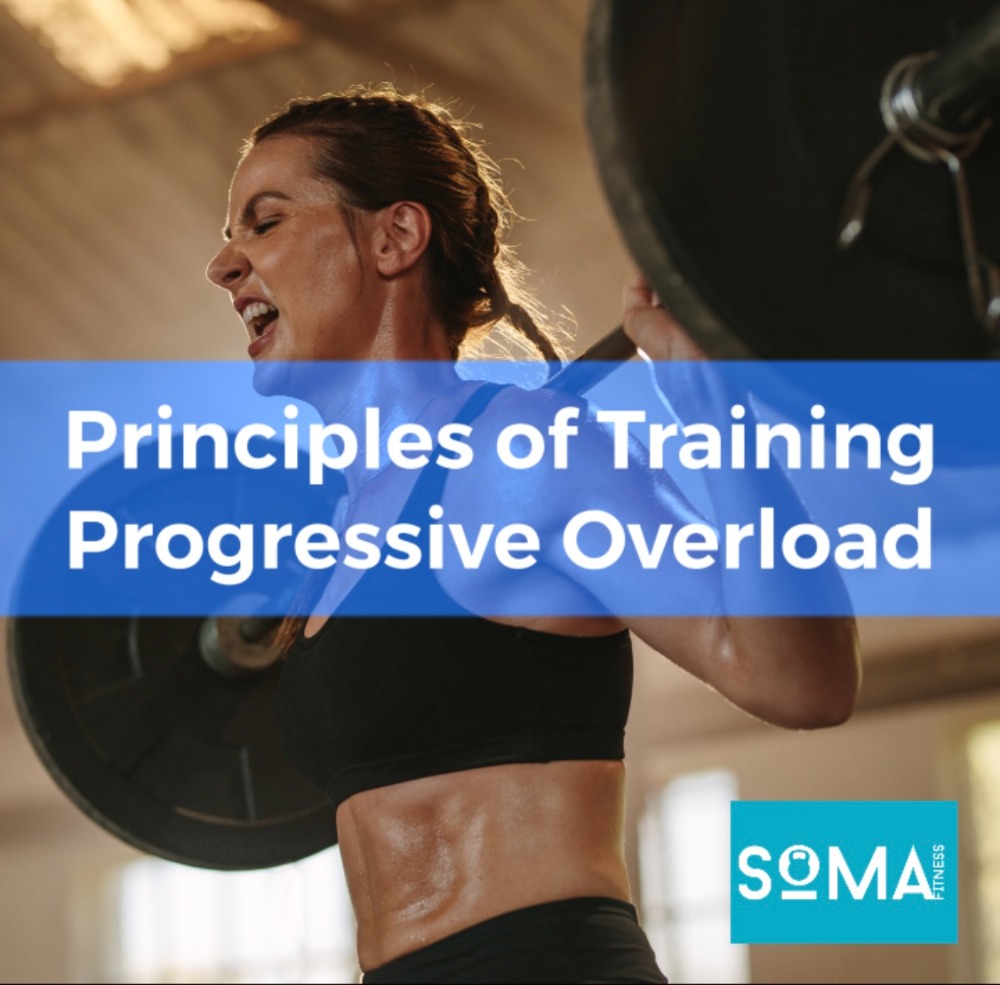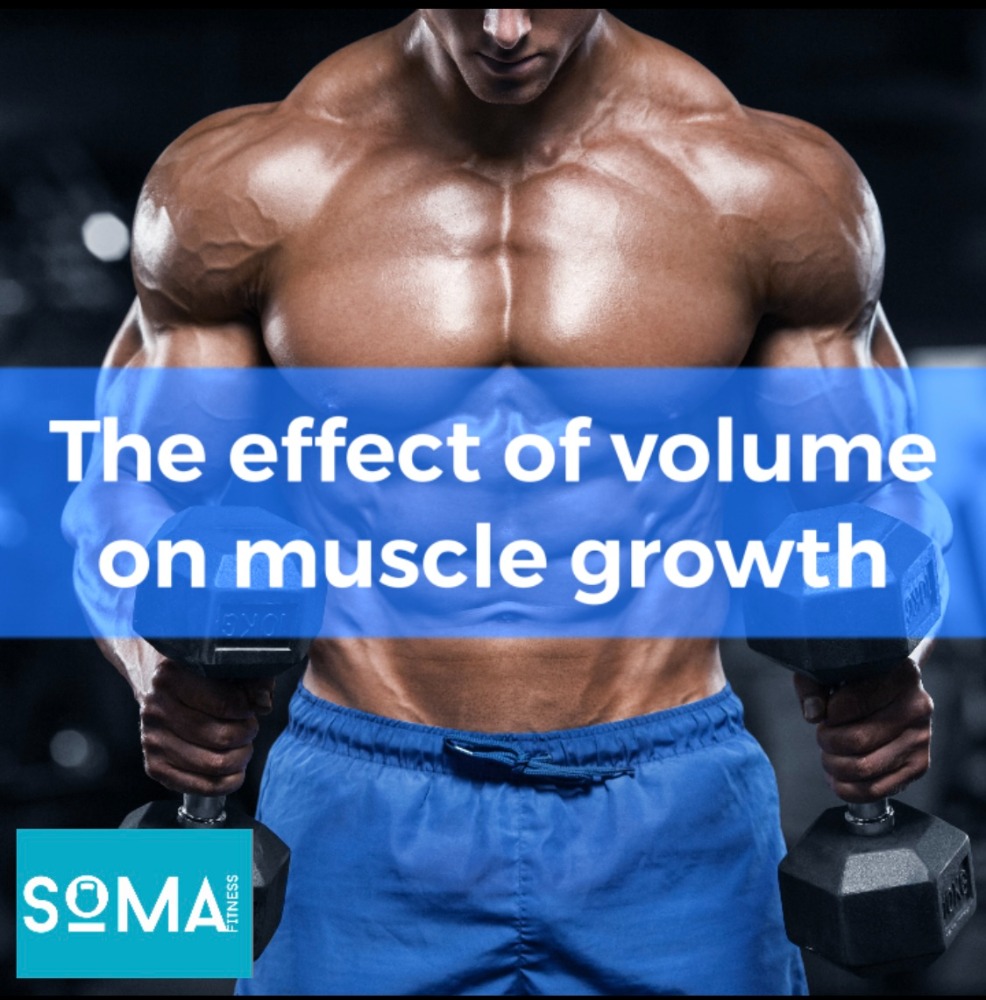Principles of Training- Periodisation

Throughout the year, someone may have one, or two main, goals. This can apply to athletes and the general population. For example, an elite athlete may target peak performance for the Olympics in the summer, whereas someone in the general population may want to achieve their most aesthetic look for a specific holiday that summer.
Periodisation can be defined as the planned manipulation of training variables in order to maximise training adaptations and to prevent the onset of overtraining syndrome. This is important as, for many athletes, several different adaptations need to be improved upon throughout the year, in order to achieve peak performance. Also, they cannot work on all aspects of performance simultaneously, as they can only train for a finite number of hours per week and focussing on too many things in this time will not provide the adequate stimulus for improvement. Therefore, athletes and their coaches will prioritise different adaptations, in a set order, in order to achieve the best condition possible.
To give an example of this, let’s look at an endurance runner who is targeting a 5km race in summer. This structure can be applied to both recreational runners and elite runners, the difference between elite and recreational will come in training volume, as oppose to how they periodise their training.
If the race is in July, the runner will want to build their aerobic base between September and December. The aerobic base is built first for a couple of reasons. Firstly, it is comprised of low intensity running only, with some strength and conditioning work. This low intensity running is much easier to build up after the off-season, as hard running would result in overtraining and potentially injuries. Also, the aerobic base will help recovery time during and between hard running sessions in later phases, helping keep those sessions of a higher quality throughout each session and throughout the season.
Between January and June, they will slowly introduce harder running intervals, gradually getting more difficult as time goes on. Every coach has a different philosophy but typically, 2 hard workouts will be introduced each week. These will initially be at around lactate threshold speed. This helps the body increase the speed it can run at before lactate starts to accumulate and cause pain and fatigue. Then, even later on, towards May and June, hard interval workouts above race pace and above the lactic threshold will be introduced. These will help the athlete mentally and physically tolerate the feeling of lactic acid better. Ultimately helping them in the closing stages of the 5km race.
A couple weeks prior to the race the athlete will taper. This is where training volume is halved in order to reduce fatigue so the athlete is fresh for the race. Training isn’t ceased all together, as aerobic training adaptations can reverse in as little as two weeks. It would also be quite a shock to the system mentally to not run for two weeks and then try and run your fastest ever race. Nutrition will also be manipulated accordingly due to the lower calorie expenditure during the taper.
For a more general population client who only wants to look aesthetic, periodisation of training is less important. This is because training for muscle gain (hypertrophy) and muscle retention looks exactly the same. However, what we can periodise is the nutrition.
For example, if the holiday is one year away and the client is already in okay shape (up to 17% body fat approximately). Then we can bulk for the first 8 months whereby they are in a moderate calorie surplus (Maintenance calories+ up to 500kcal per day) with adequate protein (2.2g per kg of bodyweight). Along with their training and sleep, this is an optimal environment for muscle growth. However not all of this added weight will be muscle tissue, some fat tissue will be added.
Therefore, for the final 3 months, they can adopt a moderate calorie deficit (Maintenance calories – up to 500kcal), still with the same protein intake and adequate sleep. Training may need to be adjusted. This is because the calorie deficit may leave the person with slightly less energy compared to when they were in a calorie surplus. Therefore, other principles of training such as progressive overload, may not continue to progress at the same rate. However, this is okay when someone has aesthetic goals as this is an optimal environment for fat loss.
Overall, it’s important to identify exactly what adaptations need to occur for you to achieve your training goals and then to be able to focus on them in the right order, to attain the results you want, at the time you want as well.










Recent Comments